Tessa Packard’s recycled plastic jewellery celebrates vintage Americana
The Plastic Fantastic collection sets precious gems in recycled lucite and resin
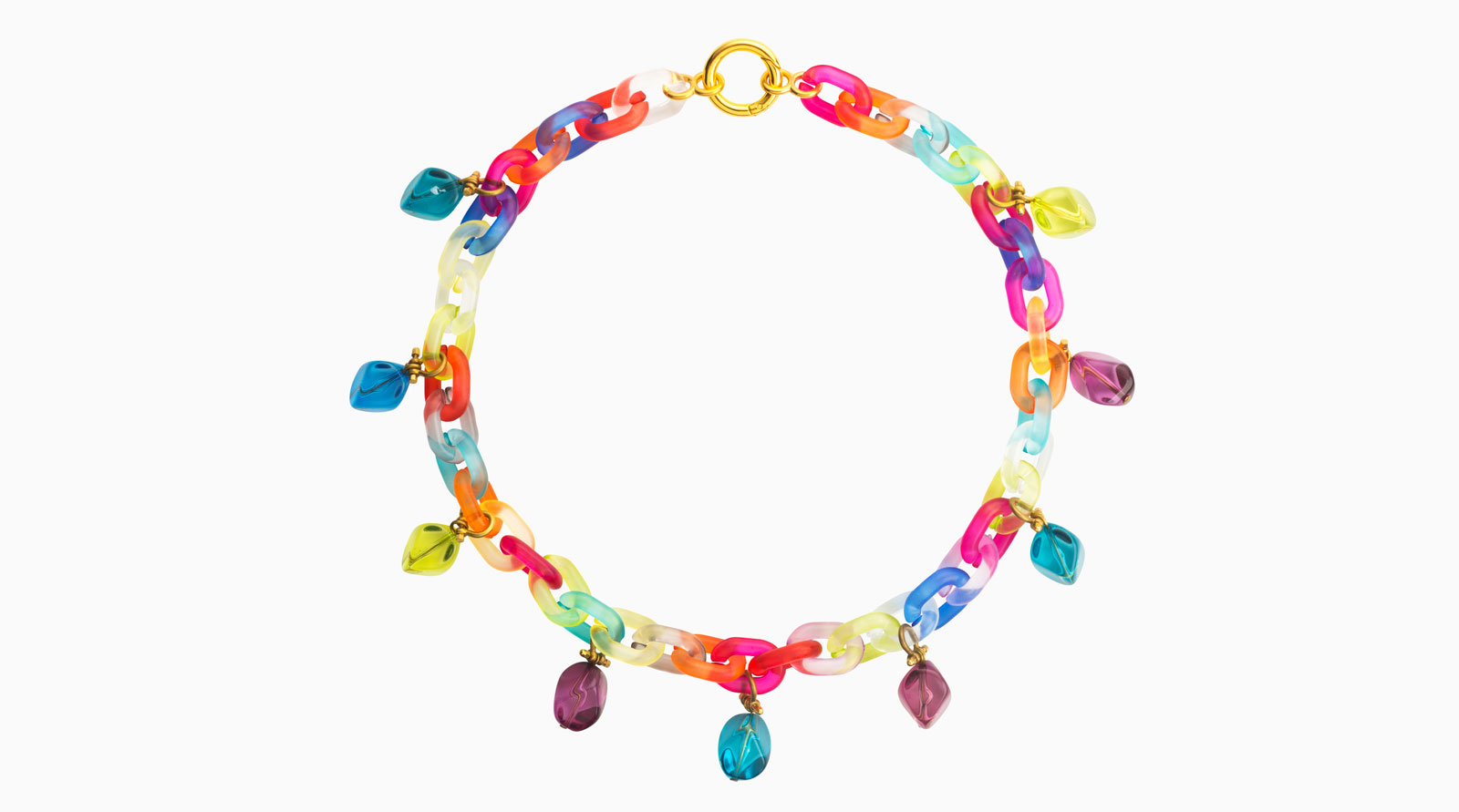
Recycled plastic may not be the first material that springs to mind when it comes to fine jewellery, but when set with a rainbow of precious gems, it makes for pieces both precious and sustainable.
Jeweller Tessa Packard’s new collection, Plastic Fantastic, celebrates unexpected combinations and joyful design ticks in a range of rings, necklaces and cuffs. ‘I like playing around with how certain materials sit together – in this case gold and gemstones and plastic,’ she says. ‘The last collection we launched did the same with verdigris, and previous to that porcelain and bone. There’s something about contrasting matte textures against shiny metal or stone that I find extremely appealing, possibly because it calms down the intensity of the ‘bling’ and makes even the most statement of jewellery wearable from morning to night.’
The collection is inspired by Florida in the Fifties, paying tribute to the joyful explosion of colour in the decades following WWII. ‘It’s about as Americana retro as you can get,’ Packard adds.
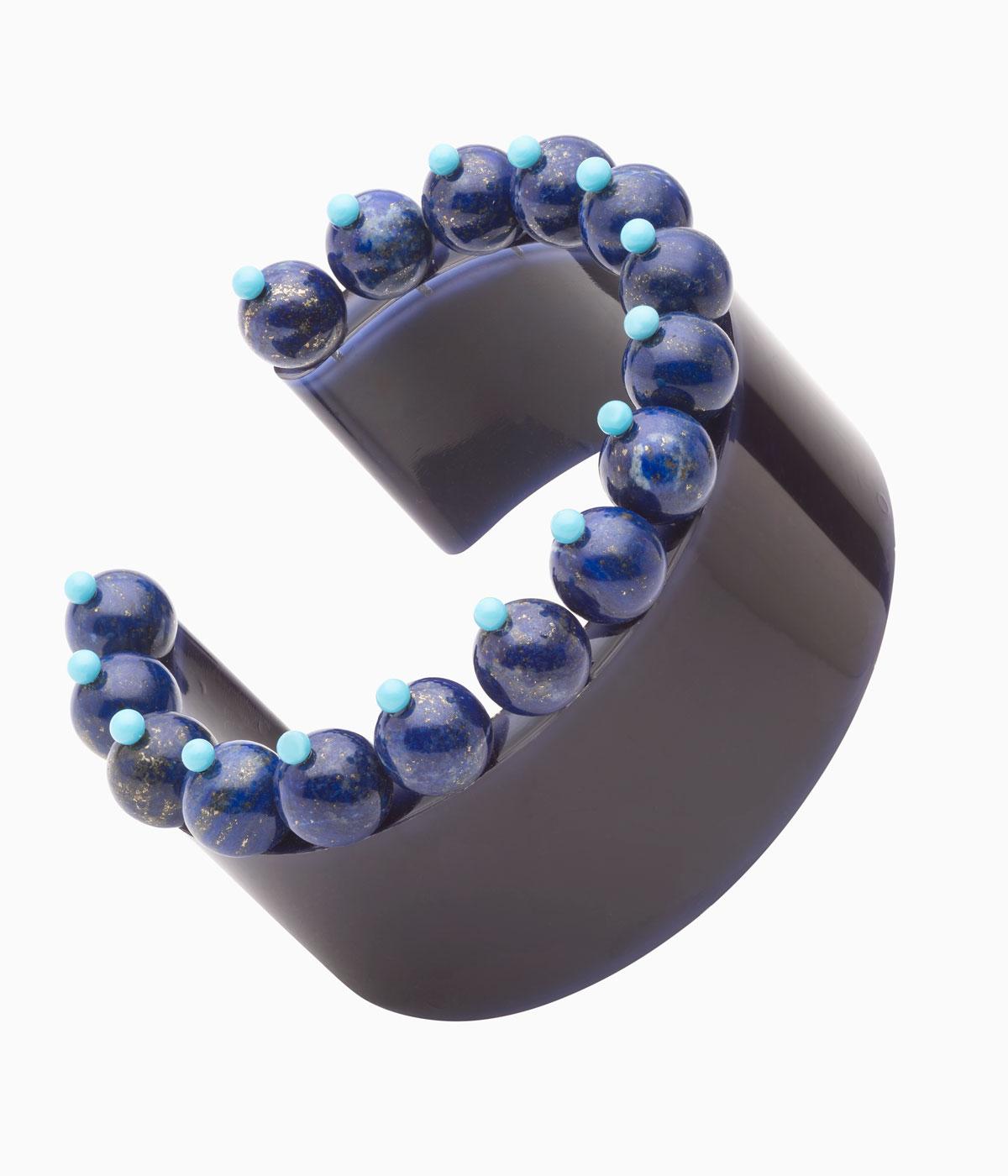

The jewellery is created from a combination of vintage lucite and home-made resin which, in some pieces, is set with precious gemstones. Clear acrylic plastic – or lucite – was a popular choice for costume jewellery in the 1940s and 50s, although notoriously difficult to recycle: one of the reasons Packard was keen to utilise it now.
‘As long as you get your ratios right, pouring resin is a fairly simple craft to grasp,’ says Packard. ‘It only gets complicated when you get the proportions wrong and the resin doesn’t set. Once the resin is set you can’t reverse the design. Vintage lucite and acrylic are easy to work with in the sense that they take little effort or skill to drill – which is necessary if you want to set gemstones into it. Like epoxy resin, however, they don't take kindly to mistakes. It doesn’t have the same easy ‘recycling’ properties like silver or gold, where you can melt the metal down and start again. And that, in short, is one of the reasons why plastic is such a problem in this day and age.’

The mix of traditionally high and low materials and an abundance of colour capture all the fizz of a pool party. Pearls are set in resin in the Coco Gone Loco earrings, while a brass, acrylic and lapis lazuli Palm Beach necklace adds a zinging play on texture. Aquamarine is enveloped by vintage lucite in a cocktail ring, while shells and smoky quartz sink into mustard-hued resin in the Thousand Island earrings.
‘This is the era of polka dots, ice cream sundaes, sweet-heart necklines, glamorous Hollywood starlets, shiny Cadillacs, Grease Lightning and the birth of Barbie,’ says Packard. ‘As a designer, it is such a rich era in history to glean inspiration from, and one that I think most adults (through popular culture or film) can identify with. And who doesn’t love a sunny day by a really luxurious pool?’ Not us – pass us a cocktail
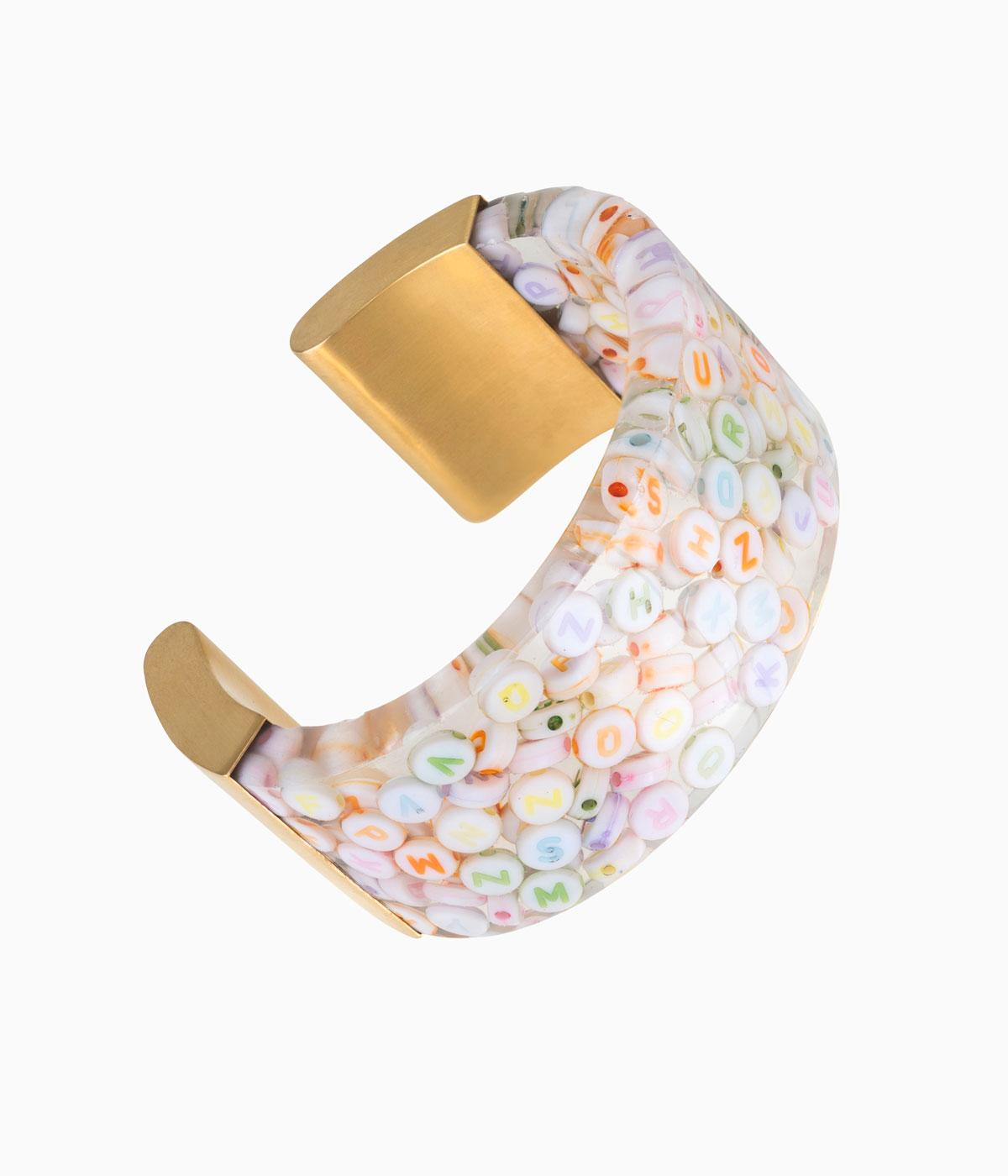
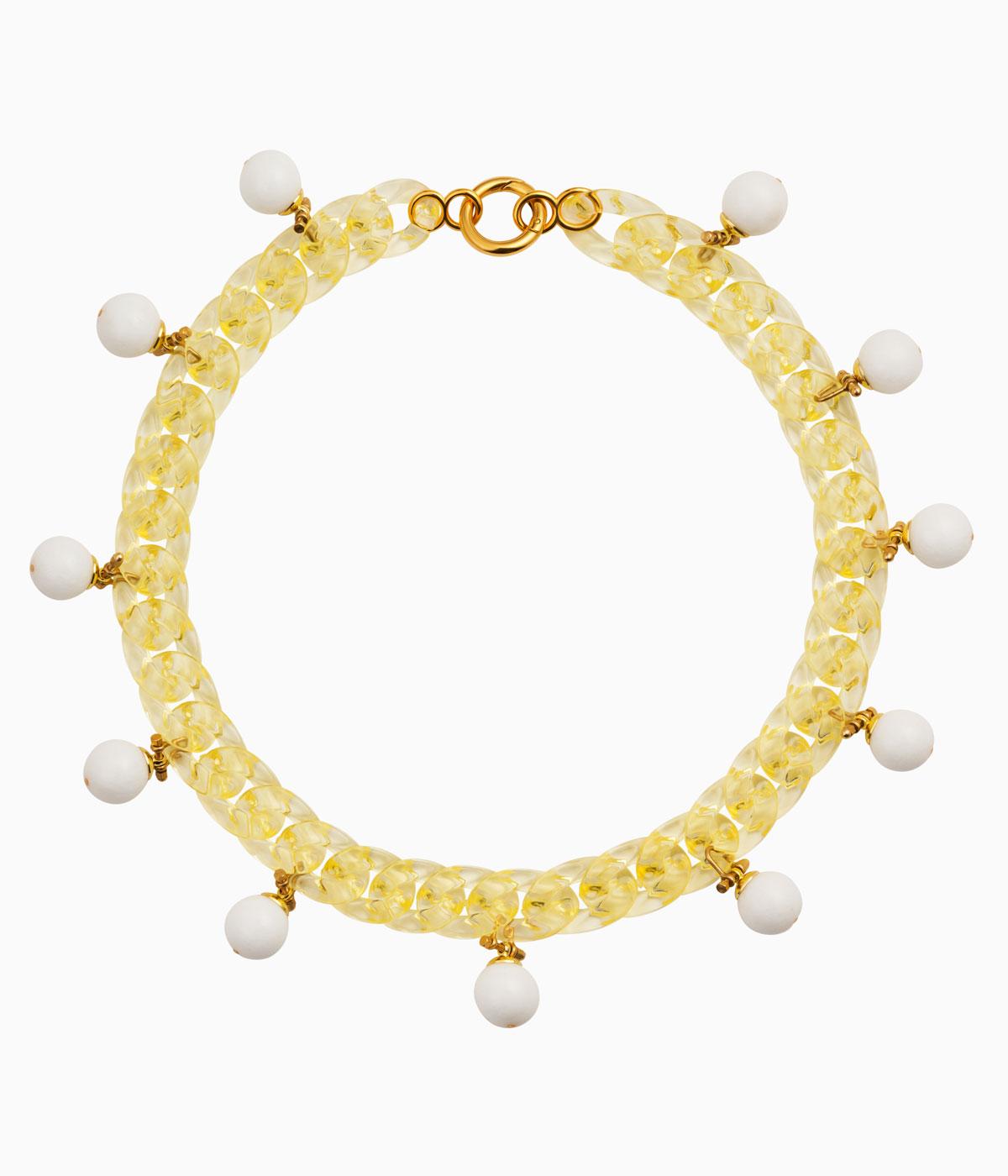
Information
The collection will launch online in May 2021, for pre-order enquiries contact tessa@tessapackard.com
tessapackard.com
Receive our daily digest of inspiration, escapism and design stories from around the world direct to your inbox.
Hannah Silver is the Art, Culture, Watches & Jewellery Editor of Wallpaper*. Since joining in 2019, she has overseen offbeat art trends and conducted in-depth profiles, as well as writing and commissioning extensively across the worlds of culture and luxury. She enjoys travelling, visiting artists' studios and viewing exhibitions around the world, and has interviewed artists and designers including Maggi Hambling, William Kentridge, Jonathan Anderson, Chantal Joffe, Lubaina Himid, Tilda Swinton and Mickalene Thomas.
-
 A tale of two Audis: the A5 saloon goes up against the A6 Avant e-tron
A tale of two Audis: the A5 saloon goes up against the A6 Avant e-tronIs the sun setting on Audi’s ICE era, or does the company’s e-tron technology still need to improve?
-
 Inside Christian de Portzamparc’s showstopping House of Dior Beijing: ‘sculptural, structural, alive’
Inside Christian de Portzamparc’s showstopping House of Dior Beijing: ‘sculptural, structural, alive’Daven Wu travels to Beijing to discover Dior’s dramatic new store, a vast temple to fashion that translates haute couture into architectural form
-
 A music player for the mindful, Sleevenote shuns streaming in favour of focused listening
A music player for the mindful, Sleevenote shuns streaming in favour of focused listeningDevised by musician Tom Vek, Sleevenote is a new music player that places artist intent and the lost art of record collecting at the forefront of the experience
-
 All eyes on Greek jewellery brand Lito as it launches bold new amulets to mark its 25 years
All eyes on Greek jewellery brand Lito as it launches bold new amulets to mark its 25 yearsStriking amulets, seductive stones and secret messages characterise Lito's striking new anniversary collection, an extension of its ‘Tu es Partout’ series
-
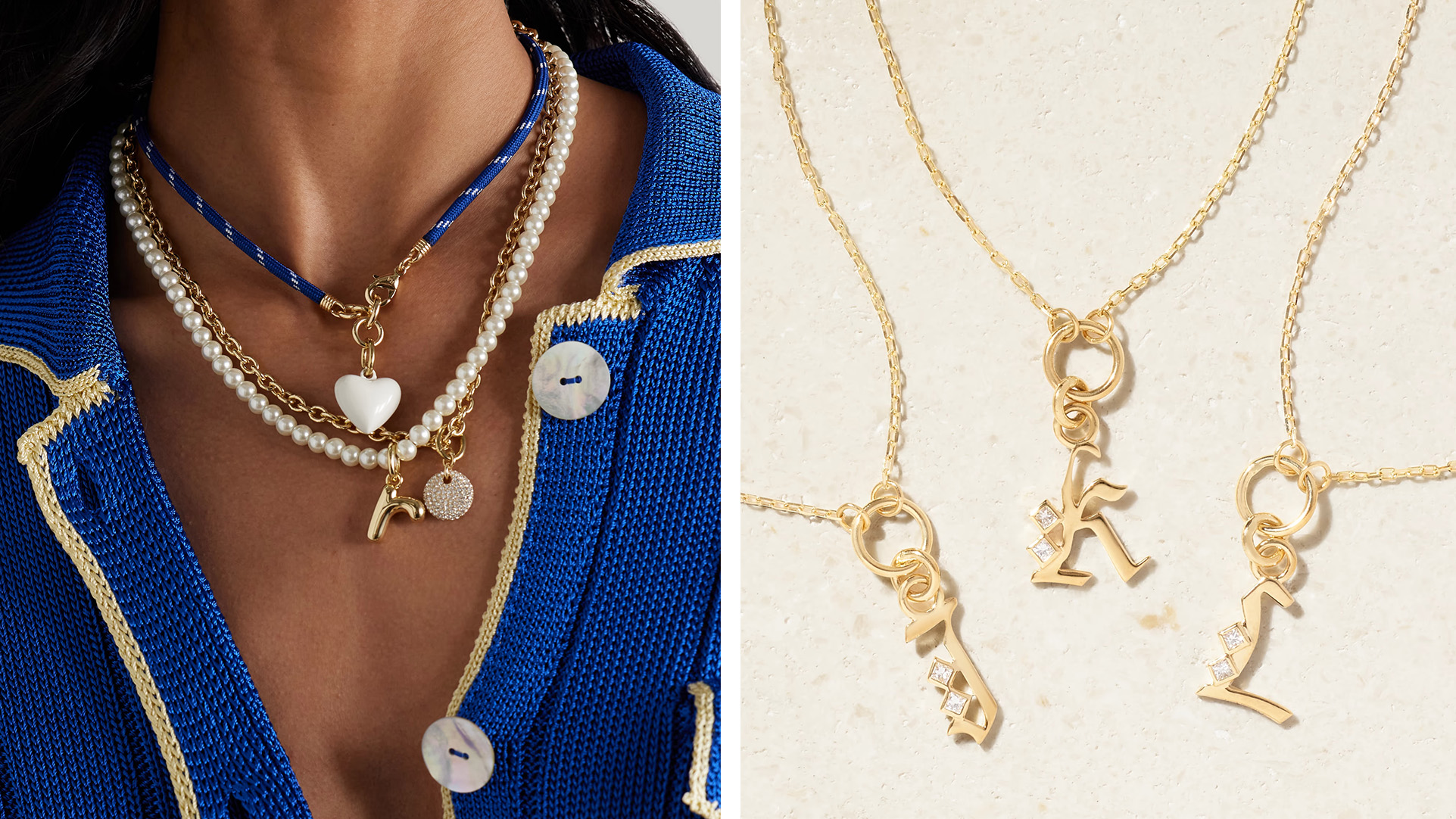 The best layering necklaces for an elevated yet casual look
The best layering necklaces for an elevated yet casual lookHow to mix, match and stack jewellery for the ultimate high-energy, low-effort style
-
 Late summer jewels: what to wear at Golden Hour
Late summer jewels: what to wear at Golden HourLate summer signals a jewellery style-shift. These independent designers have got it covered
-
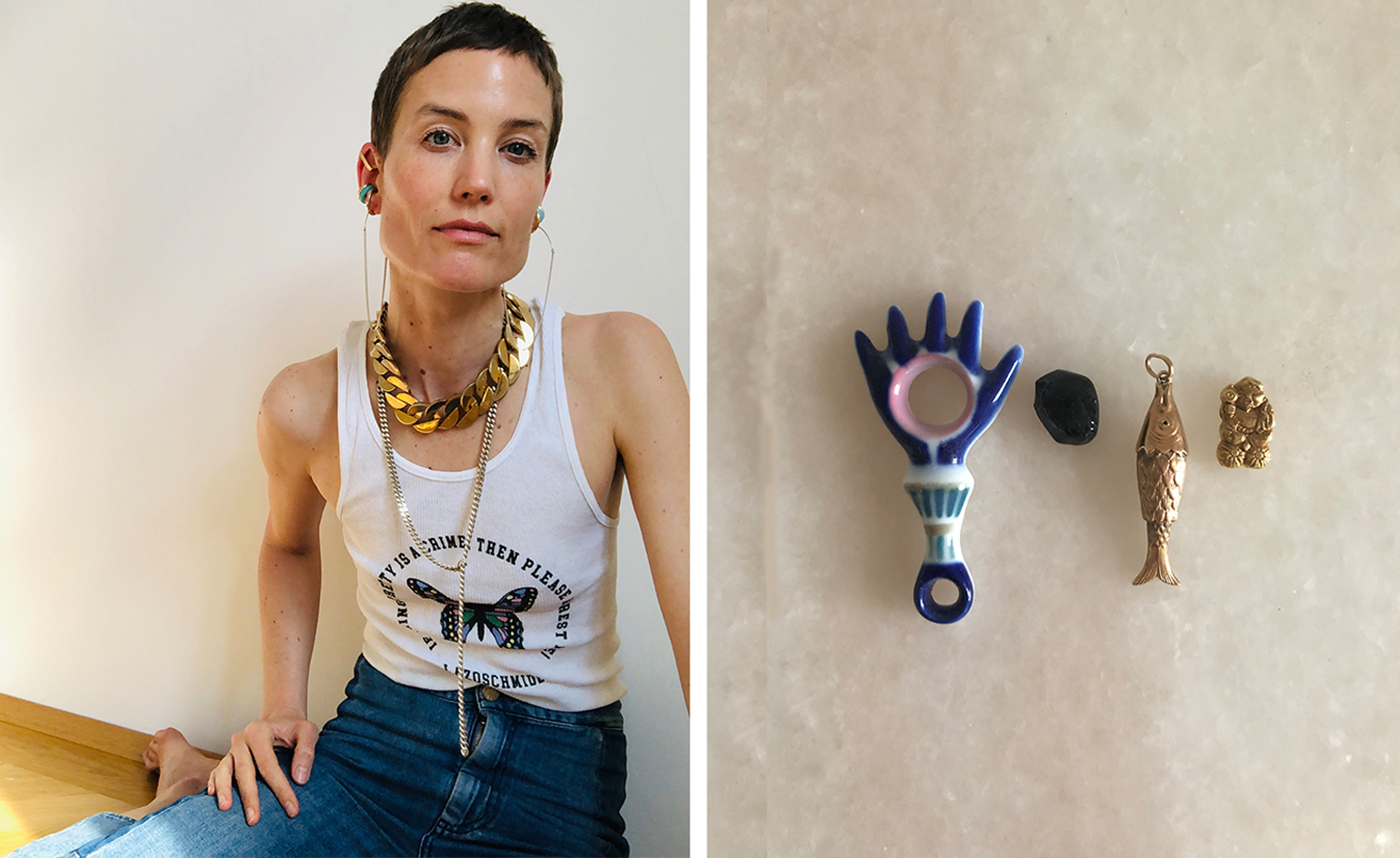 Jewellery designers share their most precious personal pieces
Jewellery designers share their most precious personal piecesA host of jewellers give us a peek at the jewellery which brings them joy and solace
-
 Hair jewellery to covet and collect
Hair jewellery to covet and collectToday’s hair jewellery is both practical and pretty. We're pinning our hopes on these simple and elegant accessories
-
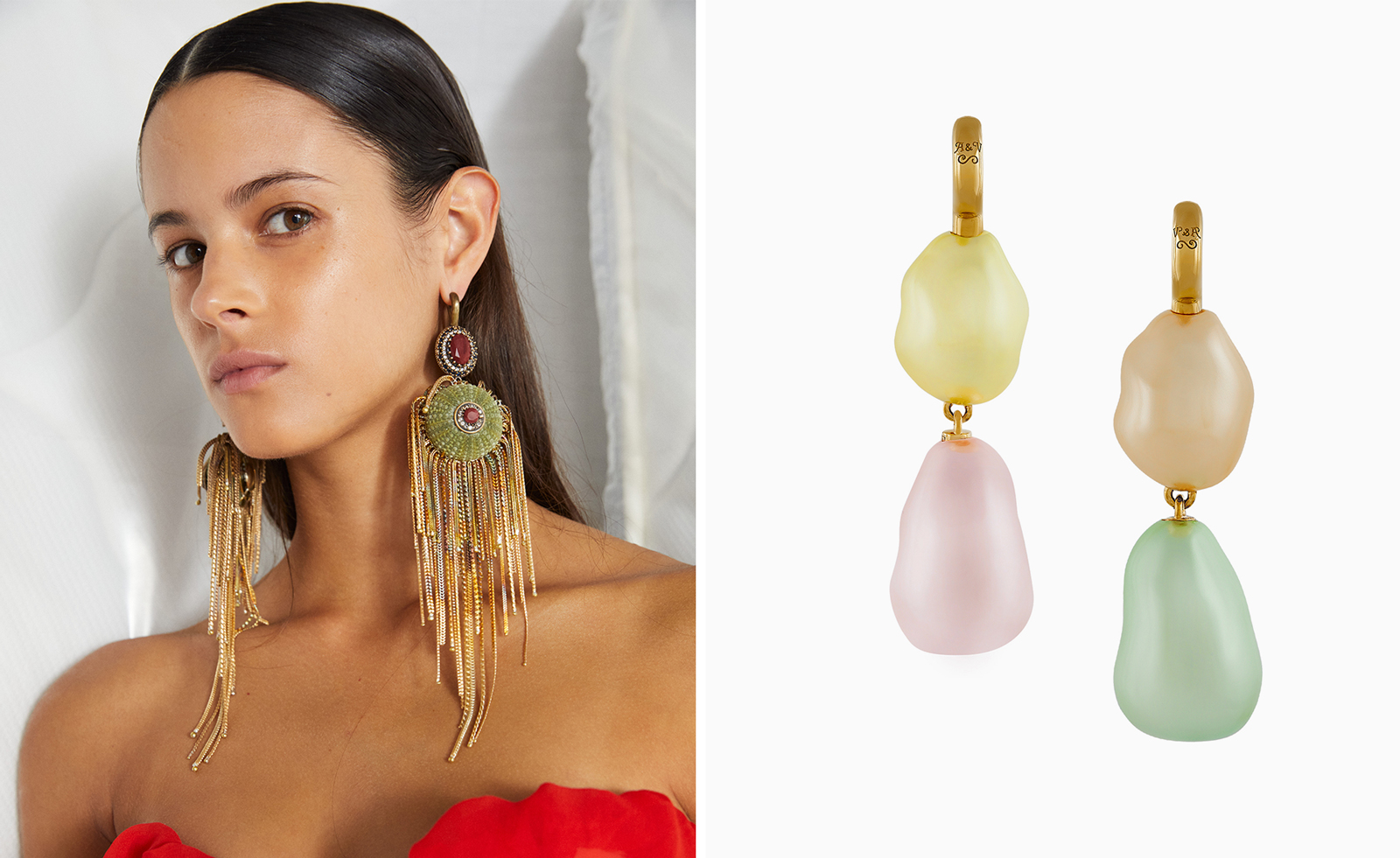 Andreas Kronthaler’s costume jewellery for Vivienne Westwood is fun, flirty and fabulous
Andreas Kronthaler’s costume jewellery for Vivienne Westwood is fun, flirty and fabulousAndreas Kronthaler’s new jewellery draws on romantic and theatrical motifs
-
 Fope’s flexible gold chains rethink a classic design
Fope’s flexible gold chains rethink a classic designElasticity meets elegance in Fope’s new jewellery collection, ‘Luna’
-
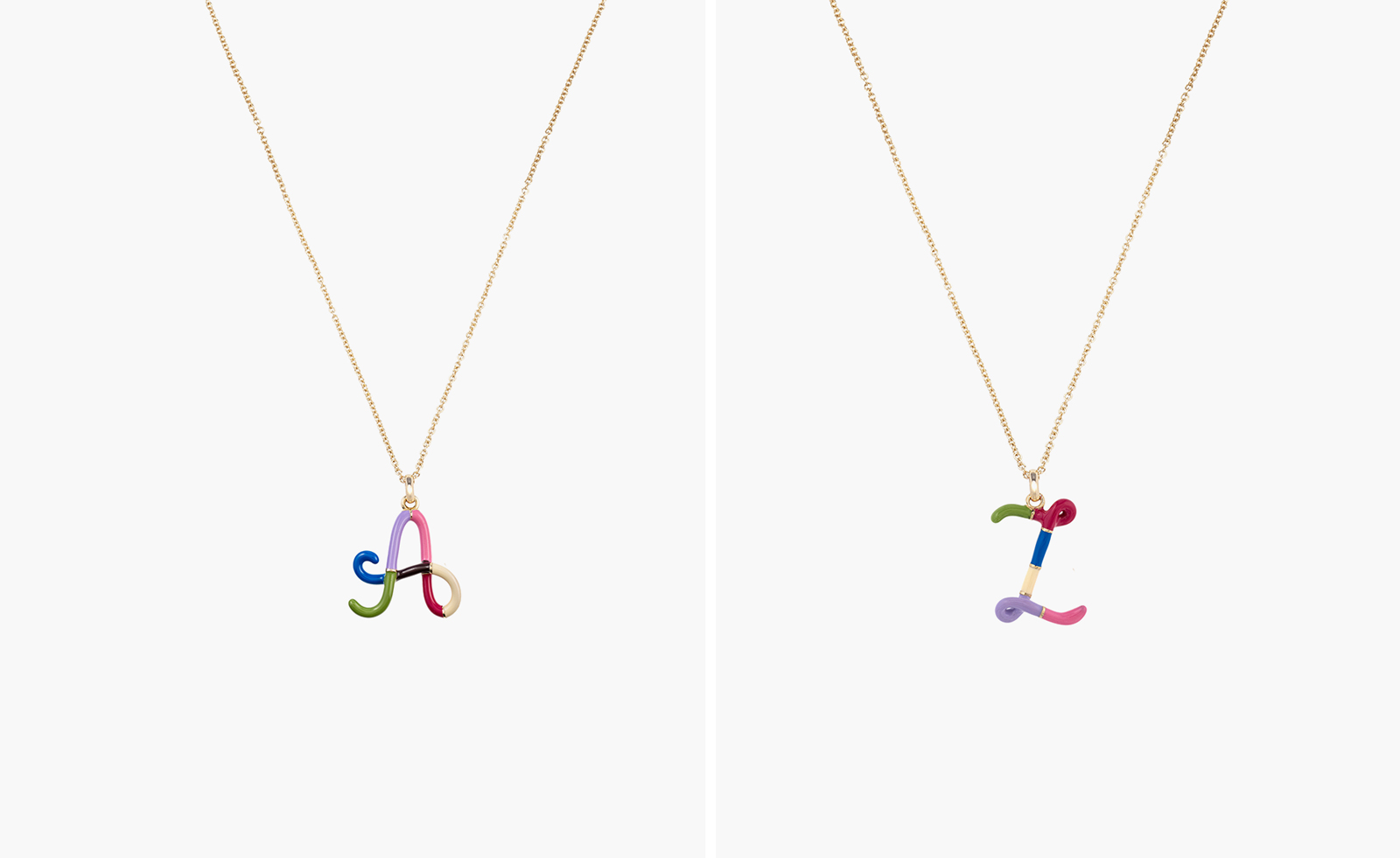 Get personal with Bea Bongiasca’s colourful initial necklaces in enamel
Get personal with Bea Bongiasca’s colourful initial necklaces in enamelBea Bongiasca’s ‘B Colour’ collection of initial necklaces brings a chic modernity to personalised jewellery